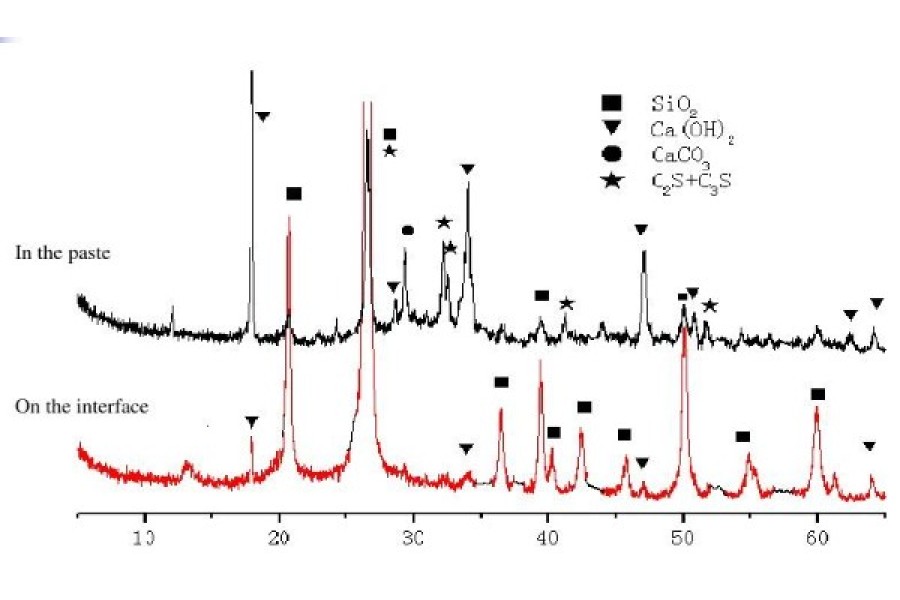Skip to contentWhat impact did the discovery of X-rays have on physics
wellman2023-11-27T09:39:26+08:00The discovery of X-rays had a profound impact on physics. Wilhelm Conrad Roentgen’s accidental discovery of X-rays in 1895 revolutionized the field of physics and opened up new avenues of scientific exploration. Here are some of the key impacts:
Understanding the nature of electromagnetic radiation:
X-rays were found to be a form of high-energy electromagnetic radiation, similar to visible light but with much shorter wavelengths. This discovery expanded the understanding of the electromagnetic spectrum and led to the development of new branches of physics, such as quantum mechanics.
Advancement of medical imaging:
X-rays quickly found applications in the field of medicine. They allowed doctors to visualize the internal structures of the human body without invasive procedures. X-ray imaging techniques, such as radiography and computed tomography (CT), became invaluable tools for diagnosing and monitoring various medical conditions.

Study of atomic and molecular structures:
X-rays played a crucial role in unraveling the structure of matter at the atomic and molecular levels. In 1912, Max von Laue discovered that X-rays could be diffracted by crystals, leading to the development of X-ray crystallography. This technique allowed scientists to determine the arrangement of atoms in crystals and paved the way for significant discoveries, including the structure of DNA.

Development of new technologies:
The discovery of X-rays spurred the development of new technologies and instruments. X-ray machines, X-ray tubes, and detectors were invented to generate and detect X-rays, enabling various applications in industry, research, and security.
Advancement of fundamental physics:
X-rays have been instrumental in advancing our understanding of fundamental physics. They have been used to study the behavior of matter under extreme conditions, such as high pressures and temperatures. X-ray spectroscopy techniques have provided insights into the electronic structure and properties of materials, aiding in the development of new materials and technologies.
Overall, the discovery of X-rays revolutionized physics by expanding our understanding of electromagnetic radiation, enabling medical imaging, facilitating the study of atomic structures, driving technological advancements, and contributing to fundamental physics research
Share this to your social media







